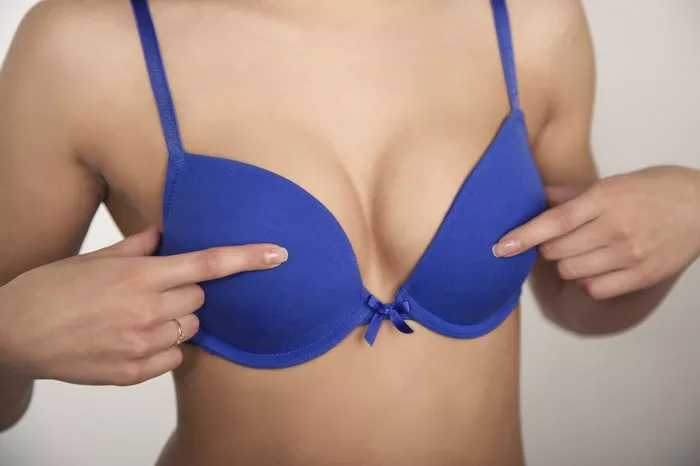Breast augmentation has evolved beyond traditional implants, with fat transfer breast augmentation emerging as an innovative and natural alternative. This procedure involves using the patient’s own body fat to enhance breast volume and shape. As with any medical procedure, cost considerations play a significant role in the decision-making process. In this article, we will delve into the factors that influence the cost of fat transfer breast augmentation, the potential benefits of this procedure, and how individuals can make informed choices that align with their aesthetic goals and budgets.
Understanding Fat Transfer Breast Augmentation:
Fat transfer breast augmentation, also known as autologous fat grafting, is a surgical procedure that uses liposuction to harvest excess fat from one area of the body and then injects that fat into the breasts to achieve volume enhancement. This technique offers a natural way to enhance breast size without using synthetic implants.
Factors Influencing Cost:
The cost of fat transfer breast augmentation can vary widely based on several factors. It’s important to note that the price encompasses multiple components beyond the procedure itself. Key factors that influence the cost include:
a. Surgeon’s Expertise: The experience, reputation, and skill level of the plastic surgeon performing the procedure can impact the cost.
b. Location: The geographical location of the surgical facility plays a role in pricing due to variations in local economic factors and cost of living.
c. Facility Type: The type of surgical facility, whether it’s an accredited surgical center or a hospital, can influence the overall cost.
d. Preoperative Consultation: The initial consultation fee, during which the surgeon evaluates the patient’s suitability for the procedure, is often included in the overall cost.
e. Anesthesia and Medical Staff: Costs associated with anesthesia, operating room use, and the medical staff involved in the procedure are factored into the overall cost.
f. Postoperative Care: Follow-up appointments, postoperative garments, and medications are typically included in the total cost.
g. Combined Procedures: Some individuals may opt for combined procedures (e.g., liposuction in additional areas) in conjunction with fat transfer breast augmentation, which can impact the overall cost.
h. Travel and Accommodation: For individuals traveling for the procedure, travel expenses and accommodation can contribute to the overall cost.
Benefits of Fat Transfer Breast Augmentation:
Understanding the potential benefits of fat transfer breast augmentation can help individuals weigh the cost against the desired outcomes:
a. Natural Appearance: Fat transfer provides a natural-looking enhancement that utilizes the patient’s own tissue.
b. Minimally Invasive: The procedure involves minimal incisions and avoids the use of synthetic implants.
c. Dual Benefit: Liposuction used to harvest fat offers the additional benefit of contouring and sculpting other areas of the body.
d. Lower Risks: The procedure carries lower risks of complications compared to traditional implant-based augmentation.
e. No Implant Maintenance: Unlike implants, fat grafts do not require long-term maintenance or replacement.
Consultation with a Plastic Surgeon:
An important step in the decision-making process is to schedule a consultation with a board-certified plastic surgeon experienced in fat transfer breast augmentation. During this consultation, the surgeon will assess your individual anatomy, discuss your aesthetic goals, and provide a personalized treatment plan along with a cost estimate.
Cost and Long-Term Satisfaction:
When evaluating the cost of fat transfer breast augmentation, it’s important to consider the potential long-term satisfaction and benefits the procedure offers. While the upfront cost may be higher compared to some other procedures, the natural results and reduced need for implant maintenance can contribute to long-term satisfaction.
Research and Education:
Researching and educating yourself about the procedure, the surgeon’s credentials, and the facility’s reputation can help you make a well-informed decision. Opting for a qualified and experienced surgeon may result in a more successful and satisfying outcome.
Conclusion:
The cost of fat transfer breast augmentation is influenced by a range of factors, including the surgeon’s expertise, location, facility type, and associated expenses. While the procedure may involve a higher upfront cost compared to other options, individuals should weigh this against the potential benefits of a natural-looking enhancement using their own body fat. By consulting with a reputable plastic surgeon and thoroughly understanding the procedure and its associated costs, individuals can make informed decisions that align with their aesthetic goals, budget, and long-term satisfaction.


